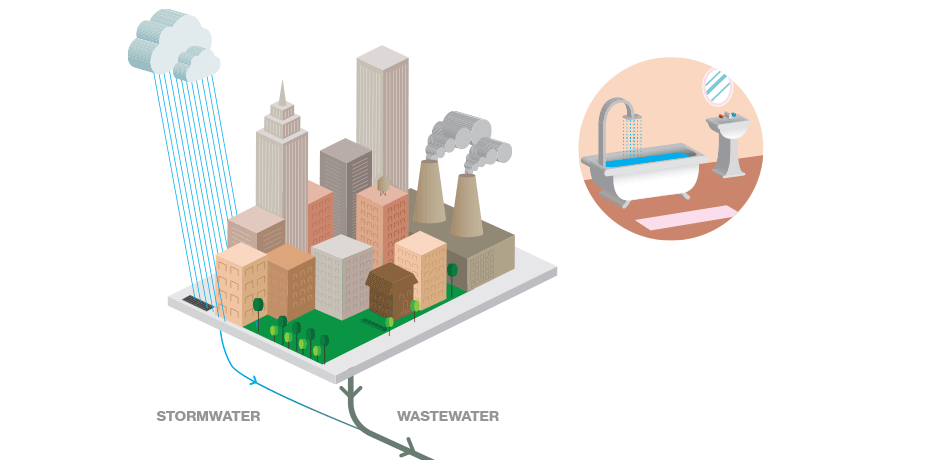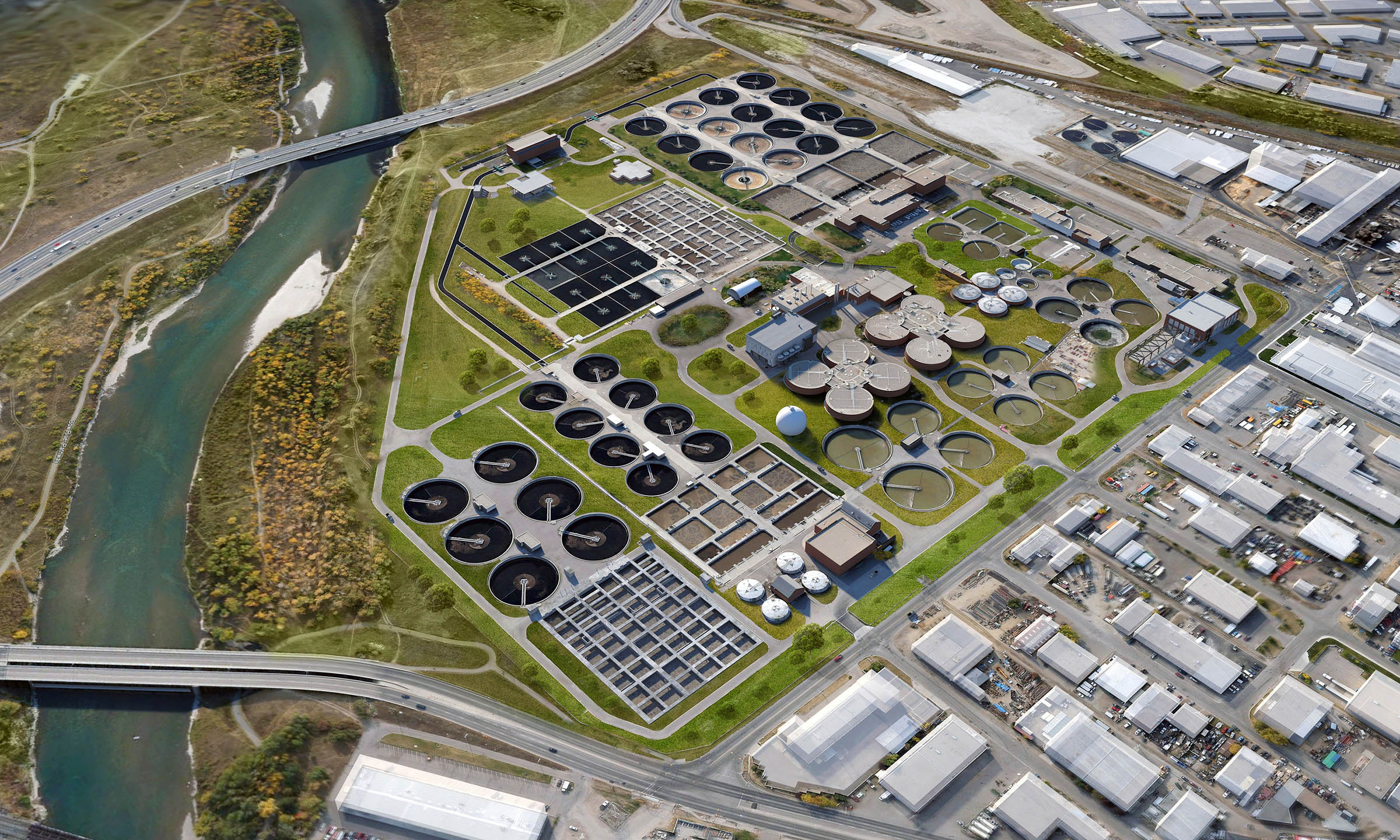Comprehensive Overview to Hazardous Waste Water Treatment Procedures
Comprehensive Overview to Hazardous Waste Water Treatment Procedures
Blog Article
Optimizing Drainage Treatment Procedures: Methods for Improved Water High Quality and Resource Healing
In the realm of wastewater therapy, the mission for boosting efficiency and sustainability via process optimization is an ongoing search that holds enormous value. By focusing in on strategies tailored to elevate water top quality while at the same time utilizing valuable resources, therapy plants can deal with pushing environmental worries while opening economic advantages. From advanced modern technologies to innovative resource healing approaches, the landscape of wastewater treatment is advancing rapidly. As we explore the details of optimizing these processes, a world of opportunities arises that assures not only cleaner water however additionally a more sustainable future.
Importance of Process Optimization
Enhancing waste water therapy procedures via meticulous procedure optimization is vital for optimizing effectiveness and making certain environmental sustainability. By fine-tuning each step of the treatment process, from preliminary intake to final discharge, water treatment centers can achieve higher levels of pollutant removal, decrease energy usage, and lessen the generation of waste spin-offs. Process optimization involves evaluating essential performance indicators, such as hydraulic retention times, sludge retention times, and nutrient degrees, to identify locations for improvement and implement targeted services.
Efficient process optimization not only boosts the total efficiency of drainage treatment plants but additionally adds to cost savings and regulatory conformity. By optimizing procedures, operators can attain greater treatment abilities without the requirement for significant facilities investments. In addition, enhanced treatment performance causes cleaner effluent discharge, minimizing the environmental influence on getting water bodies and ecological communities.

Advanced Treatment Technologies
In the world of waste water therapy, the application of innovative therapy innovations plays a pivotal function in boosting the overall performance and effectiveness of the treatment procedures. These sophisticated innovations use innovative options to resolve complicated impurities present in wastewater streams, making sure the removal of toxins to meet strict water top quality requirements. Advanced therapy processes such as membrane layer bioreactors, ozonation, progressed oxidation processes, and reverse osmosis make it possible for the thorough removal of pollutants, consisting of arising pollutants like pharmaceuticals and individual care products.
Additionally, these modern technologies facilitate resource healing by drawing out useful materials such as phosphorus, nitrogen, and energy from the wastewater. Progressed nutrient elimination technologies can recover phosphorus and nitrogen for reuse in agricultural fertilizers, while energy healing systems like anaerobic digestion can harness biogas for electrical power generation. By including sophisticated therapy innovations right into wastewater therapy plants, drivers can boost water top quality, decrease environmental effect, and move towards an extra resource-efficient and lasting approach to wastewater administration.
Resource Healing Techniques
Resource recuperation methods in wastewater treatment procedures play a vital function in optimizing the use of important sources included within wastewater streams. These techniques aim to remove and reuse materials such as nutrients, energy, and water from the wastewater, transforming what was once considered waste right into valuable sources. One common source healing technique is the removal of nutrients like phosphorus and nitrogen from wastewater for reuse as fertilizers or in commercial processes. In addition, power healing methods such as anaerobic food digestion and biogas production assistance harness the energy possibility of raw material in wastewater to generate power or heat.
Water recuperation methods, such as membrane layer technologies and advanced purification systems, enable the therapy and reuse of water for non-potable applications like watering or industrial processes. By applying resource healing strategies in wastewater treatment plants, not only can useful sources be conserved and reused, however the total sustainability and efficiency of the treatment procedure can be significantly improved. As the emphasis on source deficiency and environmental sustainability continues to grow, the significance of incorporating resource healing methods right into wastewater therapy procedures comes to be increasingly evident.
Sustainable Practices in Wastewater Therapy
Sustainable techniques in wastewater therapy incorporate an array of approaches aimed at minimizing the environmental impact of therapy procedures while maximizing source recuperation. One vital facet of lasting wastewater treatment is the implementation of energy-efficient modern technologies to lower the carbon footprint of treatment plants.
In addition, the fostering of sophisticated treatment technologies that advertise water reuse and recycling plays a critical function in sustainable wastewater monitoring. By treating wastewater to a high standard, it can be repurposed for different non-potable applications, such as irrigation, commercial procedures, and even drinkable water manufacturing in many cases. This not only preserves useful freshwater resources however also minimizes the volume of effluent discharged right into the setting.

Study on Successful Optimization
As wastewater treatment facilities progressively concentrate on lasting techniques, real-world study showcasing effective optimization methods act as indispensable designs for sector advancement. One such study focuses on the application of sophisticated nutrient elimination innovations in a local wastewater therapy plant. By including organic nutrient elimination procedures and optimizing home operational specifications, the center attained substantial decreases in nitrogen and phosphorus degrees discharged into receiving waters, ultimately boosting total water top quality.
An additional remarkable study includes the integration of anaerobic digestion systems in a commercial wastewater therapy plant to improve energy recovery and resource performance (Waste Water Treatment). Via the see it here food digestion of organic waste materials, the center not just produced biogas for energy production yet additionally lowered the quantity of sludge needing disposal. This double benefit not just enhanced the plant's sustainability performance yet likewise led to expense savings
These effective optimization techniques demonstrate the possibility for wastewater therapy facilities to achieve both financial and environmental advantages with innovative techniques and efficient procedures. By learning from these instance studies, sector professionals can better enhance their very own operations to boost water high quality and source recuperation.
Conclusion
In verdict, enhancing waste water treatment procedures through innovative innovations, source recovery techniques, and sustainable methods is important for boosting water high quality and making the most of resource healing. Waste Water Treatment. Study have demonstrated successful execution of optimization strategies in different wastewater therapy centers. check By remaining to focus on process optimization, we can make sure effective and efficient treatment of wastewater, inevitably leading to a more sustainable and ecologically friendly strategy to managing water resources
By fine-tuning each step of the treatment procedure, from preliminary consumption to final discharge, water treatment facilities can accomplish higher degrees of pollutant elimination, lower power consumption, and reduce the generation of waste by-products.In the world of waste water therapy, the implementation of advanced treatment innovations plays a critical function in improving the total performance and performance of the therapy procedures. By incorporating advanced treatment technologies into wastewater treatment plants, drivers can boost water quality, reduce environmental effect, and move towards a more sustainable and resource-efficient strategy to wastewater monitoring.
By applying source healing methods in wastewater therapy plants, not just can valuable sources be preserved and reused, however the overall sustainability and performance of the therapy process can be substantially boosted. Lasting practices in wastewater treatment encompass an array of techniques aimed at decreasing the ecological effect of treatment procedures while maximizing source healing.
Report this page